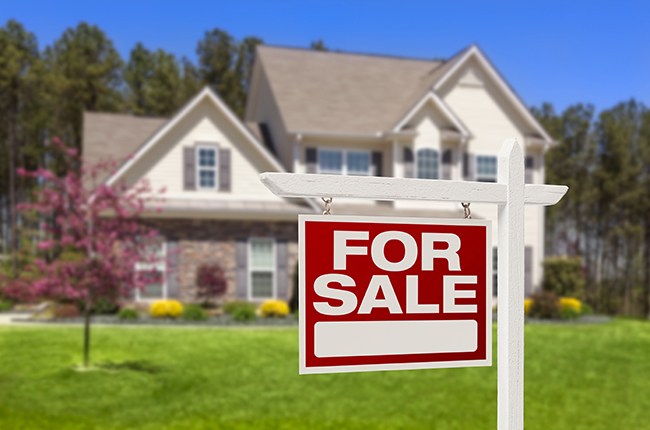Texas’ housing market is low on fuel. Buyers keep pushing the accelerator, but the housing economy is running on fumes. Researchers for the Real Estate Center at Texas A&M University say “market imbalances” are to blame, specifically the lack of homes priced less than $200,000.
“Supply hasn’t kept up with demand,” says Center Research Economist Dr. Luis Torres. “In April, the months of inventory for Texas homes inched upward, but sluggish residential housing construction could impede progress. If the housing shortage continues, expect prices to go higher as more Texans find housing unaffordable.”
A Texas home is on the market an average of 55 days, the lowest recorded since the Center began keeping records in 2011. Homes priced $200,000 to $299,999 sell fastest – an average of 51 days.
Statewide, demand for existing homes is getting stronger. The average existing home is on the market just 50 days. In Fort Worth, it is 30 days; in Dallas, 31 days. Existing homes in Austin and Houston average about 45 days on the market. San Antonio is the only major Texas market where demand for an existing home has waned, up to 50 days after a five-month decline.
“Tight inventories dragged total Texas housing sales down 5.9 percent in April,” said Torres. “Sales fell 9.6 percent for homes priced less than $200,000, the price range that accounted for nearly 60 percent of the total sales decline.”
Housing affordability stress is widespread, according to the latest Texas Housing Insight report from the Real Estate Center. A combination of lagging wages and house price appreciation have strained home affordability nationwide. Affordability problems are amplified in Texas, where wages remain less than the national average, and housing prices are increasing at a significantly faster rate than the United States.
“The Federal Housing Finance Agency (FHFA) Housing Price Index shows Texas homes are 43.1 percent more expensive than they were in 2007,” says Torres. “Nationally, prices are up only 7.4 percent.”
Texas’ major metros have recorded even greater price increases over the last decade. Prices are up 65.7 percent in Austin, 55.4 percent in Dallas, 44.1 percent in Fort Worth, and 55.7 percent in Houston. San Antonio posted a more modest 37.6 percent appreciation.
After reaching a record high in March, the number of Texas monthly single-family housing construction permits fell 15.8 percent in April, although they remained 9.1 percent ahead of last year. Texas still leads the nation in total permits issued.
Texas housing starts also corrected significantly, falling 10.8 percent after its strongest first quarter in more than a decade. However, starts remained 8.8 percent higher than last year.
In the U.S., the months of inventory fell to less than 4.2 months for the first time since 2005. Around six months, inventory is considered balanced. Texas’ inventory rose to 3.8 months, the second consecutive monthly increase. Most of this expansion, however, was for homes priced more than $400,000.
The Texas housing supply increased in every price range except for homes less than $200,000, which fell to 3.0 months.
The latest issue of Texas Housing Insight by Chief Economist James Gaines, Torres, and Research Assistant Wesley Miller is available online.
#####
Media contact: Senior Editor David S. Jones at 979-845-2039, d-jones@tamu.edu; or Associate Editor Bryan Pope, 979-845-2088, b-pope@tamu.edu





